Five tips for succeeding as a start-up service designer
Once you’ve created the opportunity to work within the unique environment offered by a start-up (or in something such as an accelerator), there are several tips I have to increase your impact and bring success to your role.
1. Learn to be a chameleon – By adapting your language, techniques and skills to this new environment, you’ll blend in and find success more easily. This means being flexible in how you name and describe your activities and even your role – at least at first. You’ll learn that your prototyping and testing experience leaves you well suited to do ‘experiment design’, and your customer research skills mean you can do ‘customer development’ just as easily.
2. Create a ‘service ecosystem’ with the team – By holding a workshop to create this shared, holistic picture of the service they’re busy developing, you’ll expose them to issues they surely wouldn’t have otherwise identified, and in doing so, effectively introduce your unique mindset and value as a service designer. I’ve written about this visualisation of mine previously (see “Using a Service Ecosystem to Quickly Grasp Complexity” in Touchpoint Vol. 10 No. 2), and it forms a core part of my half-day course for start-ups. It should also be added that journey maps are also very valuable.
3. Get comfortable with canvases – Pinning down their value proposition and business model are critical concerns for a start-up, so learn how to create their associated canvasses: the ‘Value Proposition Canvas’ and ‘Business Model Canvas’. In fact, there are handfuls of canvasses and card kits that are all relevant for start-ups, from innovation and ideation triggers and techniques, to the Platform Design Toolkit and Futurice’s Lean Service Creation methodology. Our existing skills at facilitation and workshop leadership means these are easy to add to our arsenal of tools, and they fit a start-up’s needs very well.
4. Push the service perspective – Encourage the team to break free of the ‘product’ mindset and realise that they’re creating a service. This is partially accomplished by activities such as mapping the service ecosystem and customer journeys, and partially through directly challenging the team to orchestrate their service from a strategic perspective. Have they thought about the role of customer service? And the hand-offs between touchpoints and channels (from an app to a website, for example)?
5. Learn the start-up language – ‘Customer development’, ‘validation’, ‘experimentation’, even ‘series A financing’… Start-ups come with a world of new terms, some of which describe relatively familiar activities, and some of which are totally unique. It pays to read the literature and learn their language, in order to best grasp what makes these businesses different, and what role descriptions, activities and milestones mean.
In conclusion
Start-ups don’t offer the stability of working inside a bank, and nor do they come with the variety of assignments offered by a specialised service design agency or large consultancy. However, their highpressure environments, and the opportunity to make a significant impact by having a strategic role from the very start, makes them a worth-while and challenging prospect for service designers. And where stand-alone start-ups prove too difficult to reach, service designers can still work with them in the fast-growing world of accelerators, incubators and corporate innovation, oftern offering far more than a shallow ‘Design Thinking coach’ who runs a single workshop and leaves teams to get on with it.
Despite some pretty significant challenges to be overcome in terms of mindset and perspective, an adaptable service designer who’s willing to take some risks and learn a new set of skills can find great opportunities working with start-ups, just as I have. I hope that what I’ve shared in this article inspires others to move in the same direction.



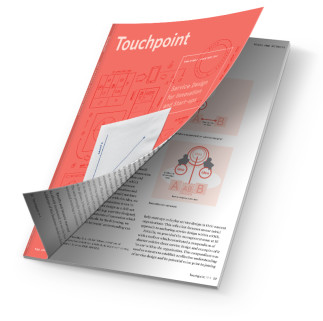
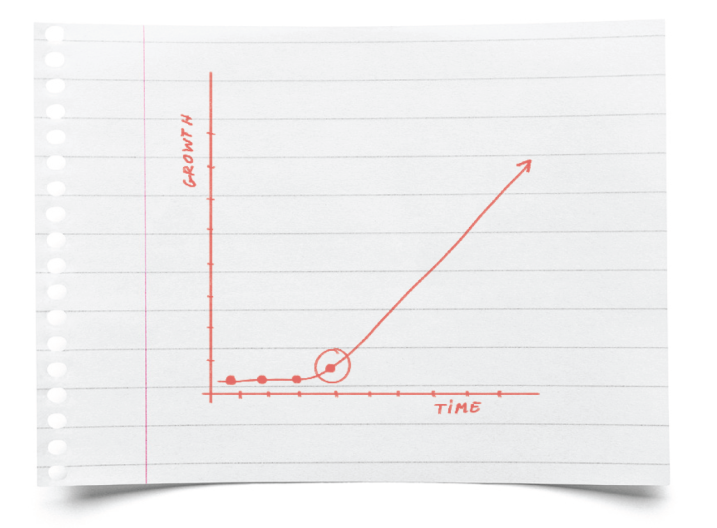
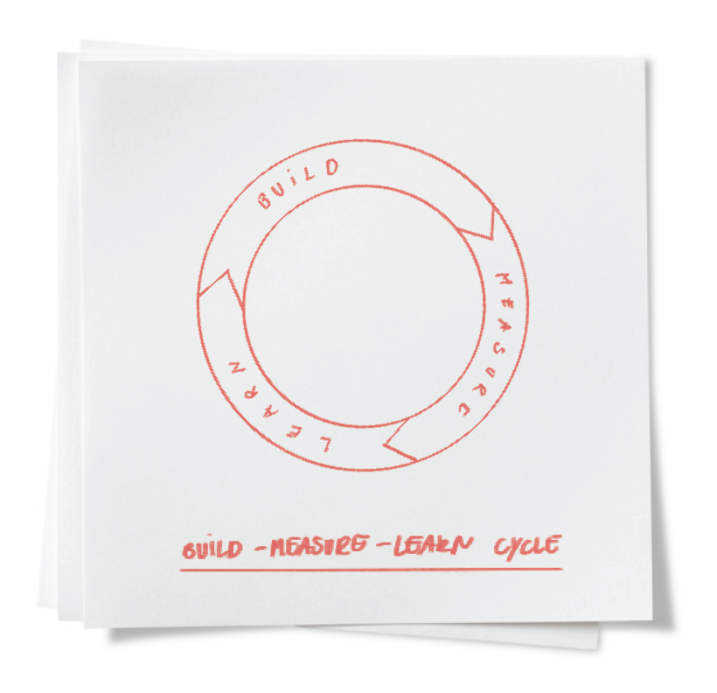
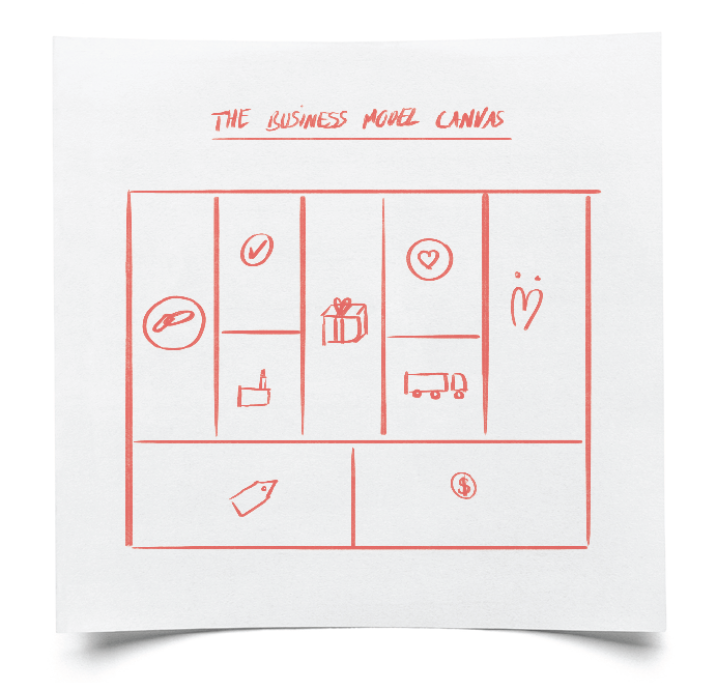

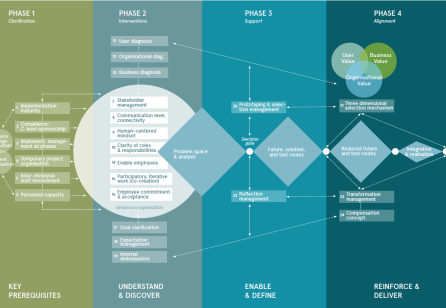
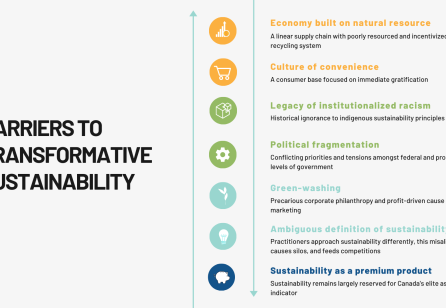
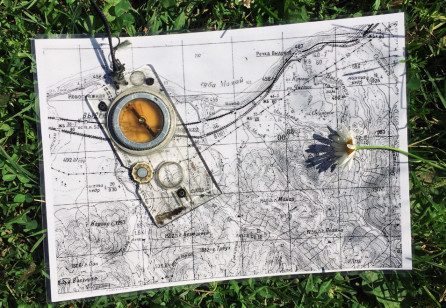

Share your thoughts
0 RepliesPlease login to comment